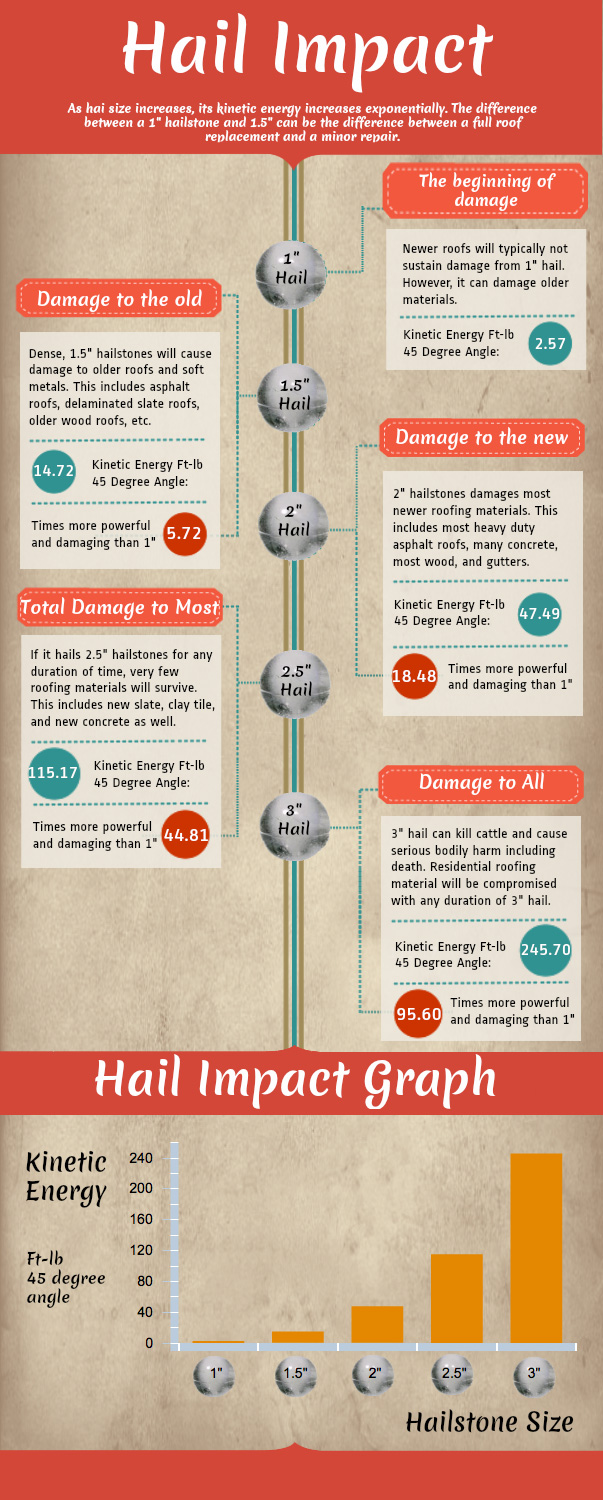Overlooking Roofing Ventilation Can Result In Pricey Fixings; Uncover The Vital Factors To Consider That Ensure Efficient Installation And Preserve Your Investment
Overlooking Roofing Ventilation Can Result In Pricey Fixings; Uncover The Vital Factors To Consider That Ensure Efficient Installation And Preserve Your Investment
Blog Article
Staff Author-Byrne Thomsen
When you're dealing with a roofing task, you might not think much about roof air flow, however it's more crucial than you realize. Effective air flow aids manage temperature and moisture in your attic room, stopping problems like mold and mildew and architectural damage. By understanding exactly how to develop and mount a well balanced ventilation system, you can improve energy performance and extend the life expectancy of your roof covering materials. So, what are the essential elements to take into consideration during setup that can make all the difference?
Importance of Roof Covering Air Flow
Roofing system air flow plays a critical function in keeping the general health of your home. By permitting fresh air to distribute through your attic, it assists control temperature and moisture levels. This equilibrium is important to prevent warm accumulation throughout hot months, which can cause increased power costs as your air conditioning works overtime.
Moreover, appropriate ventilation dramatically reduces the risk of moisture-related concerns like mold and mold. If humidity levels increase, your home's architectural stability can be jeopardized, leading to expensive repair work. You wouldn't wish to take care of decaying wood or warped roof covering materials, right?
Additionally, ample air flow prolongs the lifespan of your roofing system. When warmth and dampness are kept in check, your roof covering can do ideally, avoiding premature deterioration. This indicates fewer migraines and expenditures down the line.
Exactly How Roofing Air Flow Functions
Reliable roof covering ventilation depends on the natural motion of air to produce an equilibrium in between intake and exhaust. When you set up vents, you're essentially permitting fresh air to enter your attic while allowing hot, stagnant air to run away. This process helps manage temperature level and wetness degrees, protecting against issues like mold growth and roofing system damages.
Consumption vents, commonly found at the eaves, attract great air from outdoors. At the same time, exhaust vents, located near the ridge of the roofing, allow hot air surge and leave. The distinction in temperature level produces a natural airflow, known as the pile effect. As cozy air increases, it creates a vacuum that draws in cooler air from the reduced vents.
To enhance this system, you require to guarantee that the consumption and exhaust vents are correctly sized and placed. If the consumption is restricted, you will not attain the preferred air flow.
Furthermore, insufficient exhaust can trap heat and dampness, causing prospective damages.
Trick Installment Factors To Consider
When installing roof ventilation, several key factors to consider can make or break your system's effectiveness. Initially, you require to examine your roofing's design. The pitch, shape, and materials all affect air movement and ventilation selection. Ensure to choose vents that match your roof covering kind and neighborhood climate conditions.
Next, consider the placement of your vents. Preferably, you'll desire a well balanced system with intake and exhaust vents placed for ideal airflow. Place consumption vents low on the roof covering and exhaust vents near the top to urge a natural flow of air. This setup aids protect against moisture build-up and advertises energy performance.
Don't forget about insulation. Correct insulation in your attic room stops warmth from getting away and keeps your home comfortable. Make certain that insulation doesn't obstruct your vents, as this can prevent air flow.
Last but not least, think of maintenance. just click the up coming post that are easy to accessibility for cleansing and inspection. Regular upkeep ensures your system continues to work properly with time.
Final thought
To conclude, roofing ventilation is important for an effective installation. By ensuring proper air movement, you can avoid heat buildup and wetness issues that result in pricey damages. When you strategically setting consumption and exhaust vents, you enhance power efficiency and lengthen the life-span of your roof. Keep in https://lanekgbvq.blogrelation.com/40213708/the-value-of-roof-covering-air-flow-in-achieving-an-effective-installation , a well-ventilated roof covering not only secures your investment but additionally improves your indoor air quality. So, prioritize air flow to ensure a resilient and cost-effective roofing system for your home.
